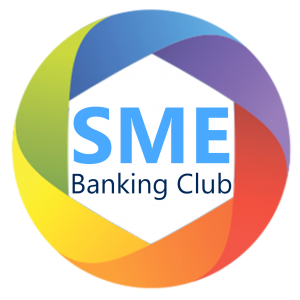Maciej Sałata – Consulting Director/Corporate and SME Digital Banking at Comarch (Poland), presented the topic of composable applications and a quest for a fantastic future in banking during the CEE22 SME Banking Conference. Moreover, Maciej Sałata got The Best of Show Award according to the SME Banking Club Team and was The Best Speaker on CEE22!
A composable approach is something that drives the second wave of digital transformation. To understand how it implicates the changes in market dynamics, Maciej suggested comparing the Industrial Revolution’s market and the current one. The first one was characterized by little competition, and the market was pretty specious. The second one is characterized by the presence of a large number of competitors in the global scope. Maciej noticed that those who will adapt to these changes more quickly will win on the market. Such factors as effectiveness and speed started to be important in the post-industrial era. The same situation is in the IT world and banking.
Maciej Sałata demonstrated TWO WAVES of digital transformation in the banking area:
1. Digital transformation of products (‘Industrial era’ IT with monolithic applications) – which is already passing.
2. Composable banking platforms (IT merged with business) – a current winning solution.
What are the advantages of micro-services?
- The changes are introduced more easily, and reuse is increasing.
- The development throughput and agility are increasing, and the time to appear in the market is decreasing.
- An easy integration.
Maciej shared Comarch’s experience in building an e-banking ecosystem on the example of BNP Paribas in Poland, which had a monolithic system before. To improve its system, the Bank used design thinking by involving the customers in the process.
And the natural question which banks ask themselves is BUY or BUILD?
If a bank wants to have more control in implementing a solution – it can choose its own development option. However, this bank will need hundreds of people and many years to do this. Maciej mentioned that only the biggest banks can afford that option.
The second solution that can be a quicker option for a bank is an off-the-shelf solution, but it’s still monolithic and has costly customizations and maintenance.
The last option is the possibility to use local platforms. Although they can also be monolithic and lack SME/corporate features.
In addition, Maciej demonstrated the Comarch Open Platform that combines Buying & Building aspects and has its business modules, micro-services, micro-trends, cloud, and DevOps.
To sum up, the true power of technology is its transformative function.
To learn more details, watch the video below:






